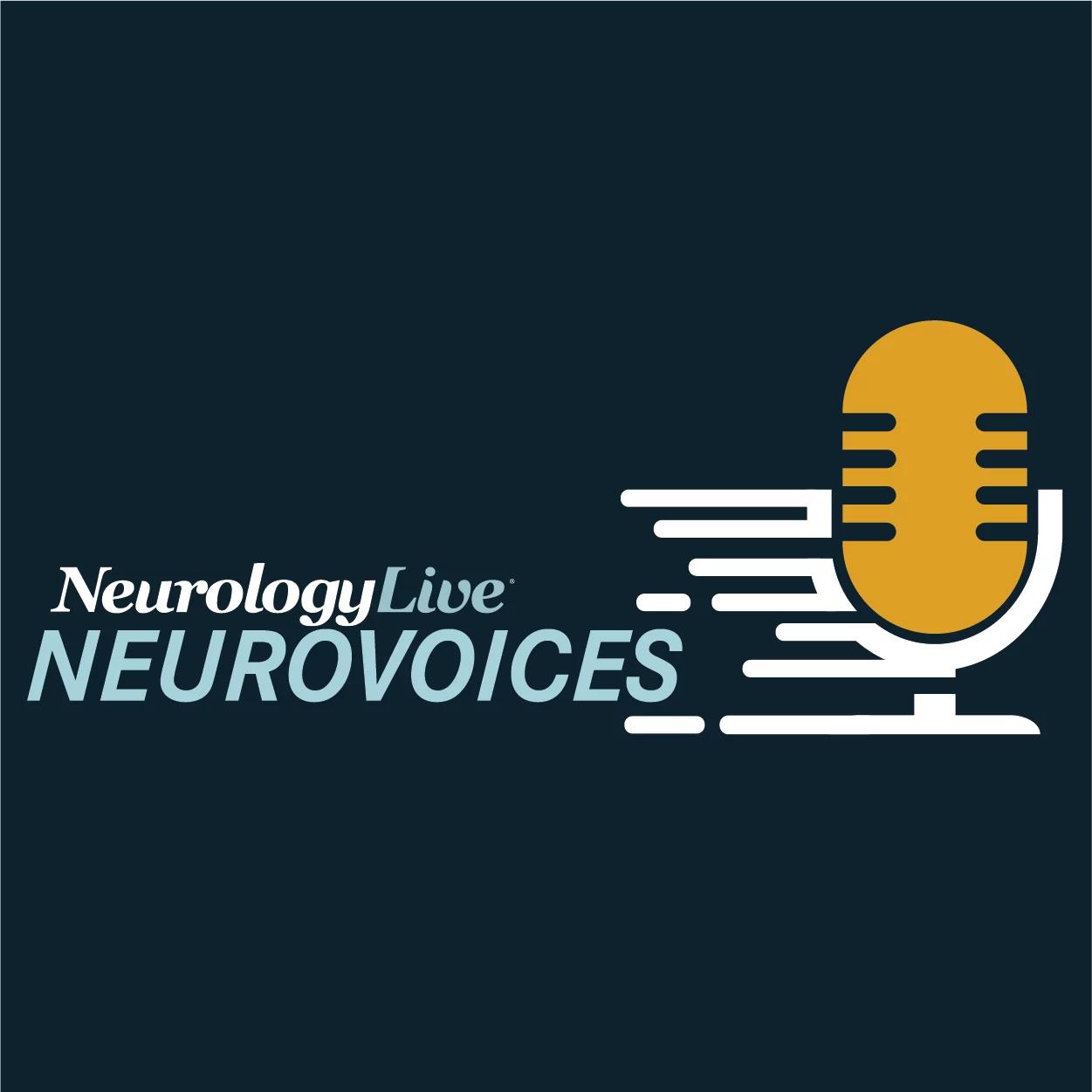Commentary
Video
Patient Perspective on the Role of Social Support in Managing Narcolepsy: Julie Flygare, JD
The president and CEO at Project Sleep talked about the foundational role of social connections and peer support in improving quality of life for individuals with narcolepsy. [WATCH TIME: 5 minutes]
WATCH TIME: 5 minutes
“I would say, ‘This is just as important as medications.’ I’m not saying medications aren’t important—they’re foundational—but social support is also foundational."
Narcolepsy type 1, narcolepsy type 2, and idiopathic hypersomnia are known as central disorders of hypersomnolence, all characterized by excessive daytime sleepiness. Narcolepsy type 1 is distinguished by cataplexy, sleep paralysis, hallucinations, and disrupted nighttime sleep, often linked to low cerebrospinal fluid hypocretin levels. In contrast, narcolepsy type 2 presents without cataplexy and with normal hypocretin levels. Idiopathic hypersomnia differs in that it lacks the rapid transition to REM sleep seen in narcolepsy and is marked by prolonged sleep duration, extreme sleep inertia, and unrefreshing naps. Diagnosis of these conditions is often delayed, and many patients remain undiagnosed, contributing to stigma and misperceptions that affect daily life and social interactions.
Both narcolepsy and idiopathic hypersomnia significantly impact quality of life, with effects on employment, education, and relationships. Social isolation and stigma are common, as public understanding of these conditions remains limited, often leading to negative stereotypes. Individuals with narcolepsy have reported high rates of depression, unemployment, and difficulties in personal relationships, while those with idiopathic hypersomnia faced similar challenges, including cognitive impairment and workplace struggles. Despite these well-documented burdens, research on the role of social support remains limited. Investigating how peer connections influence adjustment to these diagnoses could help inform clinical care models and improve patient outcomes.
Recently, a published survey study conducted by lead author Julie Flygare, JD, reported that a small portion of patients with narcolepsy or idiopathic hypersomnia felt supported when adjusting to life with their condition.1 In a recent interview with NeurologyLive®, Flygare, president and CEO of Project, spoke about the need to integrate peer connections into routine care. She highlighted key questions for clinicians including how to incorporate social support discussions into patient care, the long-term impact of peer networks on treatment adherence and well-being, and ways to expand access to structured support programs. Her insights emphasized the growing recognition that effective management of sleep disorders extends beyond medication, requiring a more holistic, community-driven approach.
REFERENCES
1. Flygare J, Oglesby L, Parthasarathy S, et al. Social support and isolation in narcolepsy and idiopathic hypersomnia: An international survey. Sleep Med. 2025;125:65-73. doi:10.1016/j.sleep.2024.11.013
2 Commerce Drive
Cranbury, NJ 08512
All rights reserved.





